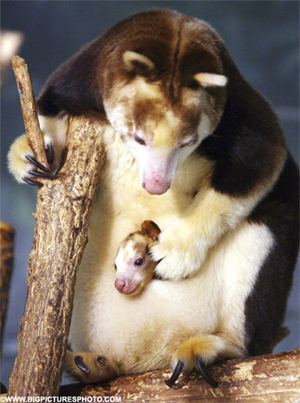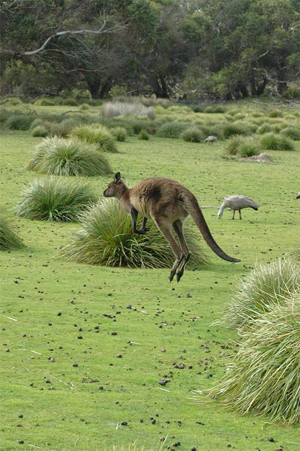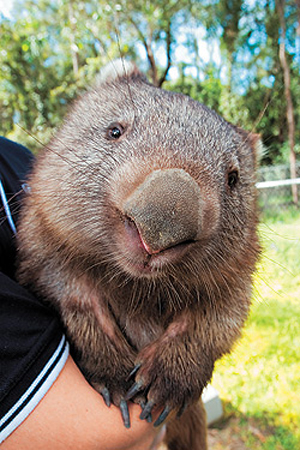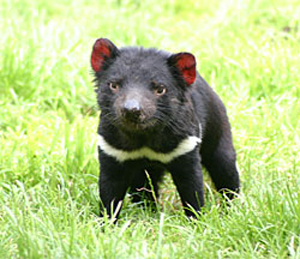Author Nic Bishop has written a great book that tells you everything you could ever want to know about mammals that are categorized as Marsupials (oh, that’s the name of the book, too). Here’s some of the info you’ll find among the pages …
What Makes A Marsupial?
Many marsupials live in Australia (over 220 different types), but there are 90 species in Central and South America and one lives in the U.S. Among species or marsupials are: kangaroos, koalas, wombats, bettongs, bilbies, potoroos, pademelons, dibblers and dunnarts! Bet you’ve never heard of those creatures in your life!
Every marsupial mother raises her babies inside a furry pouch or pocket on her belly called a marsupium. The other thing that makes marsupials different from other mammals is the fact that they give birth to babies so small, they look like pink jellybeans with two little legs. Some marsupial babies are even tinier than a grain of rice!

Such a tiny baby can’t survive on its own, so as soon as it’s born it has to crawl and wriggle through it’s mother’s fur until it reaches the warm safety of her pouch – where it lives until it’s big enough to survive in the world.
Kangaroos are the most famous marsupials, known for their incredible hopping skills. They have stretchy tendons in their legs that act like bungee cords. A red kangaroo can hop 20 miles/hour and, if it wants to, leap over an eight-foot fence! Few animals can match that height!

Some of the rarest hopping marsupials are bettongs and potoroos. They’re tiny relatives of kangaroos about the size of rabbits and very shy. They love to munch on tasty fungi, insects and tubers (root plants). Their ultra-sensitive noses are especially good at finidng truffles – special (gourmet!) mushrooms that grow underground.
Cute and fluffy koalas bears are another well-known marsupial. They love to eat the leaves of eucalyptus trees, which are so poisonous they would instantly kill most other animals that tried to eat them! With over 600 or so types of eucalyptus to choose from, koalas are actually very picky about the ones they like to eat, sniffing each leaf carefully before deciding if it’s tasty and safe enough to devour.

Even though they’re so popular, few people know koalas have pouches that are actually backwards, facing toward their hind legs. Mother koalas have special muscles in their pouches to make sure their babies, called joeys (like kangaroo babies), don’t fall out. When they’re finally out of the pouch (after about six months), most joeys spend another six months riding piggybank on their mums!
All marsupials are pretty adorable, especially wombats – underground burrowing mammals that may look slow but can actually move as fast as an Olympic sprinter when there’s danger nearby. Wombats that sense danger will run and dive into the nearest wombat burrow, head-first, sticking their faces toward the bottom of the hole and their bums toward the opening. This is because they have special bristly fur on their bottoms that acts like a shield to keep intruders out!

We don’t have enough time to go through every kind of marsupial, but one special animal we did not want to leave out is the Tasmanian devil, which, appropriately, lives in Tasmania. These big-nosed bear-like creatures love a good meal – the stinkier, the better (translation: the longer another animal’s been dead, the yummier it tastes to a Tas devil).

If you want to read more, make sure you pick up a copy of Nic Bishop’s new book, Marsupials, from Scholastic!
Related Stories:






























